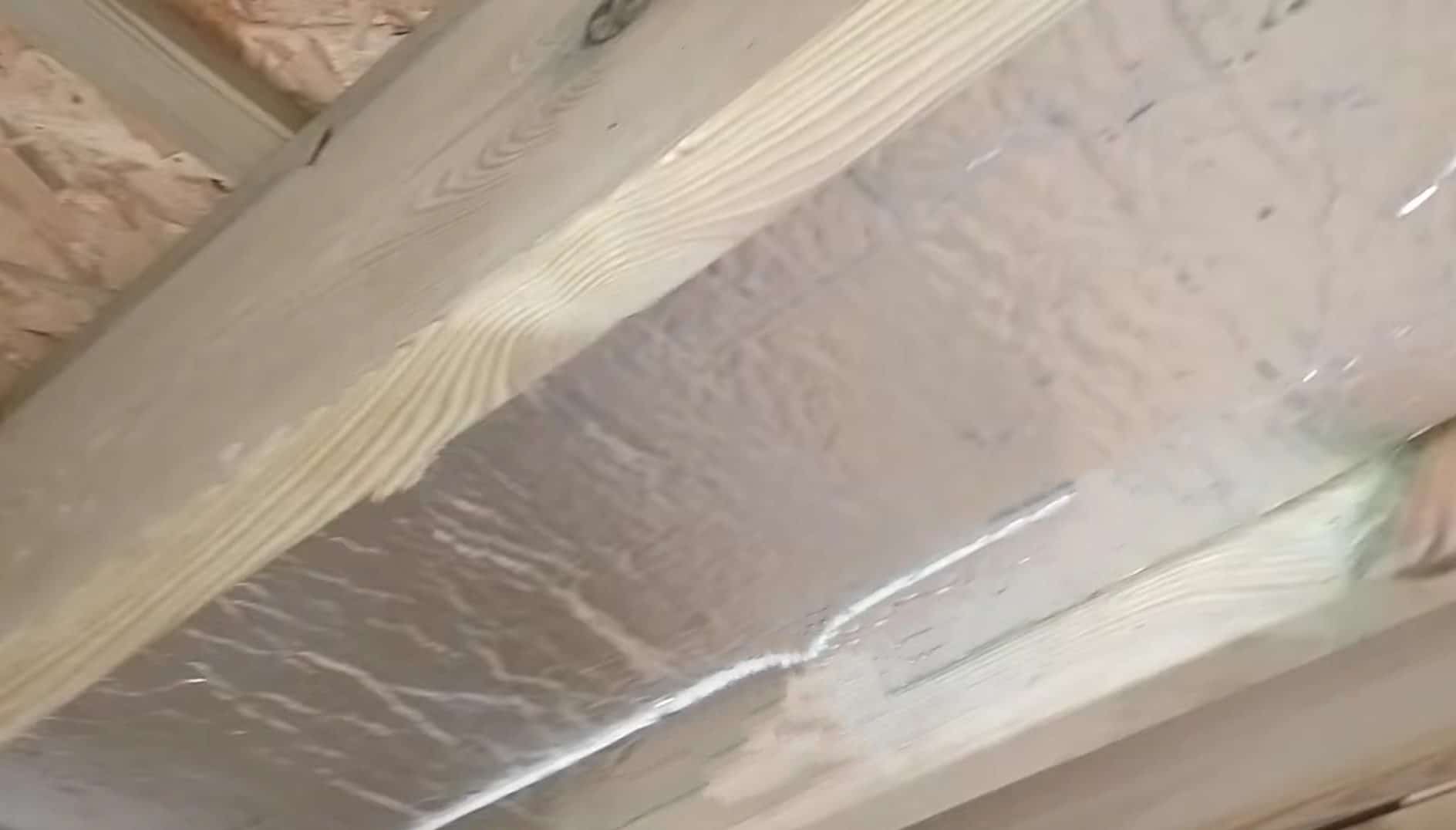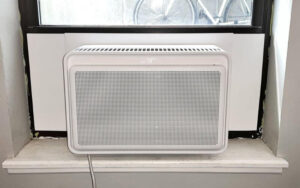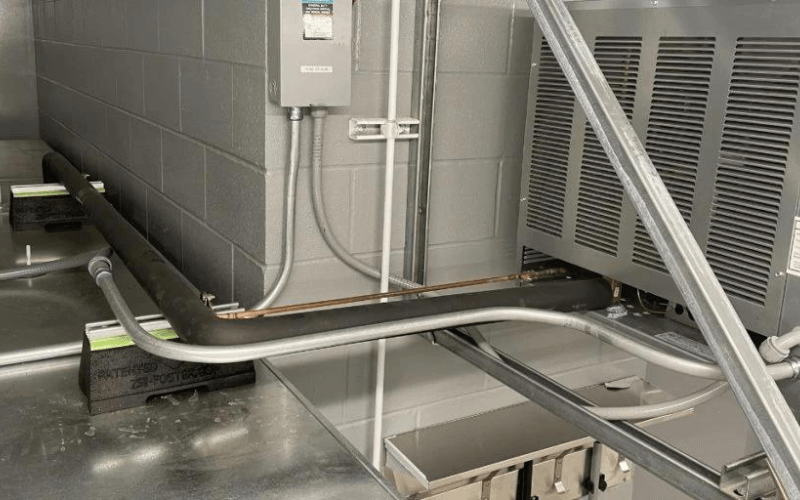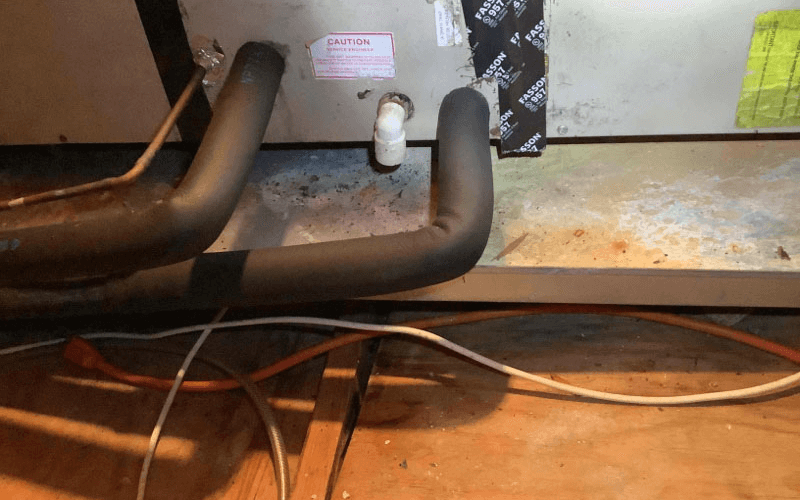Insulation has numerous advantages, mainly when installed beneath the roof. It reduces energy costs and carbon dioxide emissions while also preventing mold growth. What insulation for ceiling is the best? We conducted research and consulted with various experts to provide you with the following answers.

The shape of the roof determines the type of ceiling insulation used beneath the roof. Here are some options for installing on various roofs:
- Sloped ventilated ceiling with fiberglass mat and rigid foam insulation.
- Sloped ceiling with no ventilation: fiberglass mat and spray foam insulation.
- Blowing insulation made of cellulose or fiberglass for flat ceilings.
Table of Contents
ToggleShould You Insulate Your Roof’s Underside?
Insulating the underside of the roof is an excellent way to keep high temperatures at bay. A house with proper insulation under the roof will prevent significant heat from entering the premises in the summer. It also contains the extreme cold of winter from penetrating the ceiling.
Also check: How To Insulate Around Dryer Vent
Which type of ceiling insulation is best?
The shape of the ceiling frequently determines the best insulation option. Some alternatives include:
Sloped roof with rear ventilation
This roof structure is suitable for fiberglass mats and rigid foam insulation. However, homeowners may need to add frames to the rafter bay installation to make it deeper.
Sloping unventilated ceiling
Using spray foam in conjunction with fiberglass mats can significantly reduce temperature penetration into the roof. Another option for this roof is rigid spray foam.
Flat Ceiling
Spray-on cellulose or fiberglass is frequently used in the construction of this roof. The installer must ensure that these materials are at least 15 cm away from the insulation and the roof to maintain proper airflow.
How do you insulate a flat roof’s ceiling?
Before you begin the work of home improvement insulation, you must ensure your safety. Get and wear safety equipment like goggles, gloves, and work shoes. Wear long-sleeved clothing as well, especially if you are using fiberglass mats.
On the other hand, small debris can cause minor but painful skin cuts. Also, turn off the main power to the house to avoid injury from electric shock when touching the electric wires.
Finally, because this process can be dusty, wear a face mask or respirator. You are now ready to begin this insulation installation project after following the proper safety procedures.
Step-by-step instructions
- Begin by installing insulation in tight corners along the edges. Ascertain that the insulation is flush with the bottom edge of the ceiling.
- Use straps to secure the insulation after applying it to the entire ceiling. To keep the insulation from falling off, staple the straps.
Cut each piece of batting slightly thicker than the gap in the quilt so that it fits snugly. You’ll need an excellent all-around knife for this relatively simple task.
Between the roof and the insulation, what should I put in place?
Install polyethylene (PE) between the roof and the insulation to improve moisture control in the home. PE is a thermoplastic polymer widely used in the manufacture of plastic goods. The thickness’s permeability class usually determines moisture resistance, but it can also be moisture-proof.
PE helps keep water out of indoor spaces, but it has a low material permeability rating. If left unattended, it can retain moisture for long periods, promoting mold growth.
It would be best if you took the following cautions:
To reduce the risk of moisture problems, perform regular insulation maintenance or install Insulation In The Attic area.
Is an air gap preferable to insulation?
Air cavities and crevices play an essential role in protecting a home from rain and wind. However, when considering the orientation and thickness of the gap, nothing beats insulation. Because these properties are balanced with a reasonably wide air gap, homes in certain areas may not require thick insulation. However, insulation should be installed in bad-weather dwellings rather than an air gap between the ceiling and the wall.
What should the ceiling’s R-value be?
Ceiling insulation options such as R30, R38, and R49 are relatively common. Keep in mind that the requirements for proper thermal resistance may vary depending on the house’s location.
A climate zone map depicts the various districts and their average climate. You can also use the map to estimate the average temperature for each region.
The different average R-value requirements for each zone are listed below.
- R30 to R49, Zones 1 and 2.
- Zone 3: R30–R60
- R38 to R60 zones 4 and 5
- R49 to R60 Zones 6 and 7
Furthermore, despite their relatively high R-value, environmental factors can harm the performance of certain insulation materials. It is because manufacturers frequently test their products in an airtight environment. The unpredictability of changing weather is generally ignored in this controlled environment.
Finally, you should anticipate that installing the ceiling insulation may not perform optimally. Insulation, however, may be preferable to relying on the roof to protect the house from extreme temperatures.
Also check: What is the Best Soundproofing Insulation Material?
Insulate your under roof ceiling today!
The roof’s design generally determines the best Insulation for a House’s Ceiling Under The Roof. Breathable ceilings near the roof work well with fiberglass mats and rigid foam, whereas non-breathable ceilings can benefit from spray foam insulation. Flat ceilings frequently complement other insulation options, such as blown cellulose.





















